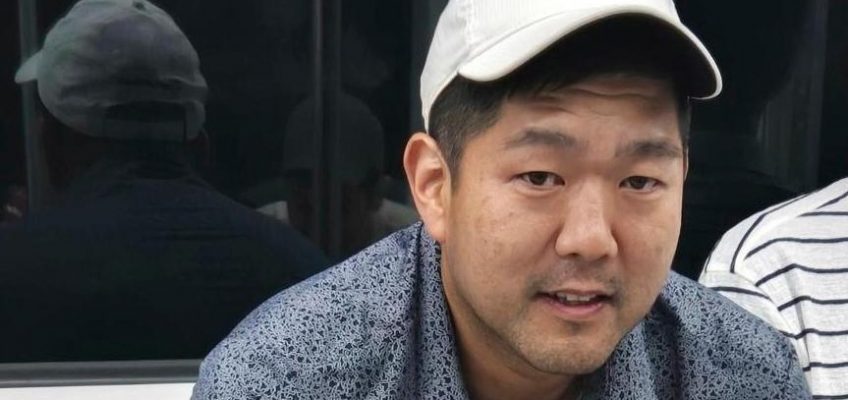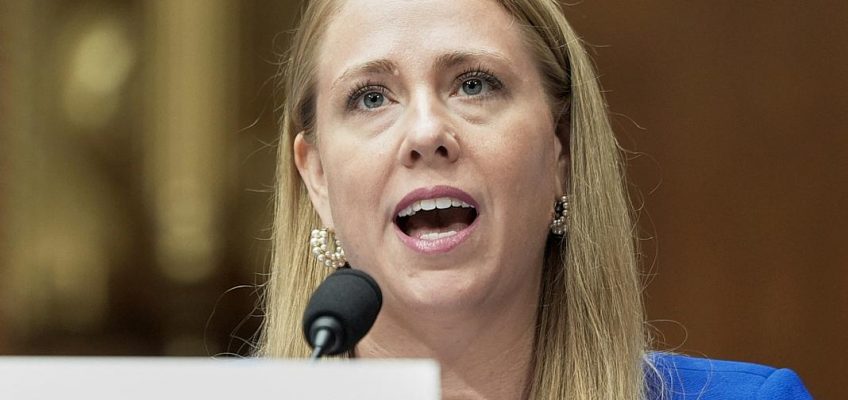By OLGA R. RODRIGUEZ and CHRISTOPHER WEBER, Associated Press
SAN FRANCISCO (AP) — A researcher at Texas A&M University flying home from abroad was detained for more than a week by immigration authorities at the San Francisco International Airport, sleeping in a chair and living off food sold in the airport, his family and attorneys said Thursday.
Related Articles
Judge blocks Trump administration from ending protections for 60,000 from Central America and Nepal
ICE says it has made tentative job offers to more than 1,000 as hiring ramps up
Pentagon pulls back more National Guard troops and leaves behind 250 in Los Angeles
Ara Torosian: I fled persecution in Iran. ICE enforcement here today reminds me of Tehran
Ohio city whose Haitian migrants were disparaged by Trump braces to defend them against deportation
It was unclear why Tae Heung “Will” Kim, who is a legal permanent resident with a green card, was detained July 21, his attorney Karl Krooth said at a news conference. Kim, who went to South Korea to attend his brother’s wedding, is now in removal proceedings to be deported and is being held at an immigration detention facility in Arizona, Krooth said, adding that he has yet to talk to his client.
Customs and Border Protection said in a statement that any green card holder who has a drug offense is in violation of their legal status and can be detained. His attorneys said Kim was charged in 2011 with misdemeanor marijuana possession in Texas, where recreational use is illegal.
His attorneys declined to discuss those charges Thursday. But one attorney told the Washington Post, which first reported on Kim’s detention, that he fulfilled a community service requirement and successfully petitioned for nondisclosure to seal the offense from the public record.
Since returning to the White House, President Donald Trump has launched an unprecedented campaign of immigration enforcement that has pushed the limits of executive power and clashed with federal judges trying to restrain him. American citizens, legal permanent residents, visa holders and visitors have been stopped at airports and detained for days. Some have faced deportation for minor infractions.
Kim, 40, has spent most of his life in the U.S., arriving at the age of 5. After helping out in his family’s doll-manufacturing business following the death of his father, he recently entered a doctoral program at Texas A&M and is helping to research a vaccine for Lyme disease.
His attorney said holding Kim at the airport denied him his right to due process.
“The airport is not a detention facility. The airport is not in the immigration courtroom. And Customs and Border Protection officers are interrogators, they are not neutral arbiters,” he said.
Krooth said his client was moved between two small rooms in the daytime at the airport.
“He was moved within what’s called secondary inspection at least twice per day from one area where there were no windows,” Krooth said.
At night he was moved to another room where he slept in a chair, Krooth said. An airport spokesperson said in an email that “the airport is not notified when CBP denies entry to a passenger,” referring inquiries to federal officials.
His attorneys were not allowed access and Kim while he was at the airport and he was given only one phone call and periodic texts with his brother. There has been no communication with Kim since he’s been transferred to Arizona, Krooth said.
Kim’s mother, Yehoon “Sharon” Lee, told reporters Thursday through an interpreter that her son has asthma and she worries about him getting proper medical care in detention.
Lee told the Washington Post that she and her husband entered the U.S. on business visas in the 1980s, and by the time they became naturalized citizens, Kim was too old to get automatic citizenship.
Weber reported from Los Angeles.




